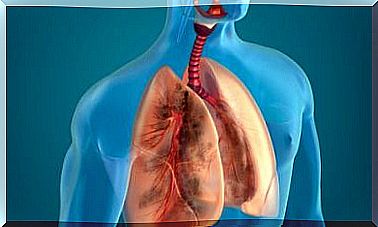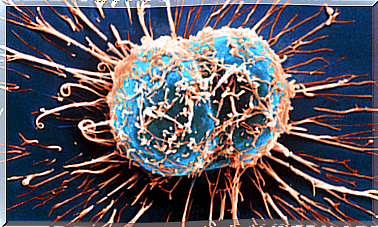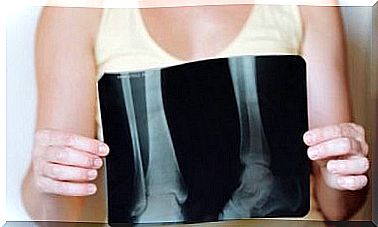It Happens If You Get Too Much Vitamin D

Vitamins are essential for your health. However, many do not know that supplements should only be taken in certain amounts. If you take too much of vitamin D, for example, it can be harmful.
When you start taking vitamins, it is necessary to check how much you need and what the established daily limit you can take is. You should not just go to the pharmacy, buy a bucket of medicine and take it without having read up on it.
Remember: Many foods and beverages are supplemented with extra vitamins. It is therefore not always necessary to take subsidies. As I said, too much vitamin D can be harmful to your health.
Everything in moderation.
Vitamin D comes from the synthesis of cholesterol thanks to the sun’s rays. Some people get enough sunlight and they feed themselves in such a way that it allows them to get their reserves full.
Others, however, need a vitamin supplement to supplement their low nutrient consumption. The mistake, however, is to take it without a prescription and in any dose.
At some point, it can cause poisoning. Today we take a look at it.
Also read: Canary seeds and cinnamon water, a means of cleansing the arteries
Vitamin D poisoning

Vitamin D does not dissolve in water, making it difficult for the body to get rid of it. Therefore, one can get too much vitamin D. This nutrient acts as a steroid hormone and is found inside circulating cells.
When there is a surplus in the body, the places where the vitamin can be stored are filled – such as the protein receptors and carriers up and can not bind with it.
From the moment the compound is released in the body, it begins to increase the absorption of calcium in the intestine. This causes hypercalcemia. Other affected areas are soft organs such as lungs, kidneys and heart.
Some minor conditions that may also occur are:
- Nausea and vomiting
- Constipation
- Muscle fatigue and bone pain
- Anxiety and depression
- Confusion
The recommended daily intake of vitamin D should be less than 4000 IU. However, the likelihood of getting a D-poisoning by ingesting too much through food or sunlight is minimal.
Poisoning should occur, the patient should have a level above 150 ng / ml (375 nmol / l) present in the blood.
Fortunately, almost all cases of toxicity are reversible. Plus, very few cases give rise to calcification of the arteries or kidney failure.
Symptoms of too much vitamin D.
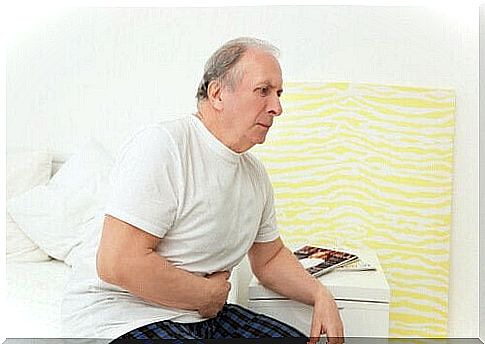
Occasionally, vitamin D poisoning does not show symptoms. In moderate cases, however, some of the following conditions are present:
- Hypercalcemia
- Nausea and vomiting
- Constipation
- Anxiety
- Weakness
- Changed consciousness
- High blood pressure
- Renal insufficiency
- Hearing loss
How To Fix Vitamin D Poisoning
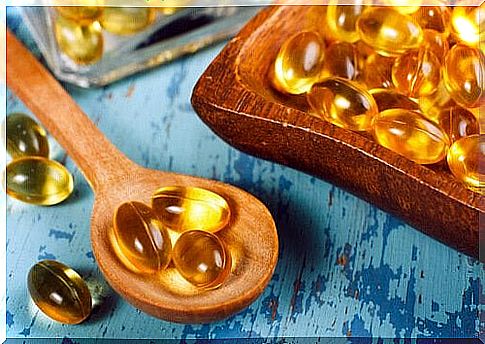
- First, you need to have a medical consultation. There, your doctor will prescribe the necessary tests to detect the content of the drug in the blood. It is important not to go to the laboratory without first checking with a doctor.
- If you have abnormally high levels, remove your vitamin D supplement. Even when using 10,000 IU a day, the risk of poisoning is low. However, it is better to keep the intake below 4000. For children and older adults, 700 IU per day is sufficient.
- You need to be aware of how much vitamin D you are consuming each day. If you have sufficient exposure to the sun’s rays, it is not necessary to take a supplement. In general, this is a supplement for people living in places where there is not much sunlight.
- Evaluate your food intake. Fish, beans, fortified milk or orange juice can provide between 600 and 1000 IU per day. portion. This, plus exposure, is enough for your body.
- It is also necessary to reduce your consumption of supplements or foods rich in calcium.
- In the meantime, increase your intake of products that contain sodium, as well as fluids.
It should be noted that too much vitamin D can take months and even years to manifest, making it a difficult disease to detect. You need to learn to differentiate your symptoms from other diseases and be prepared for any change.



